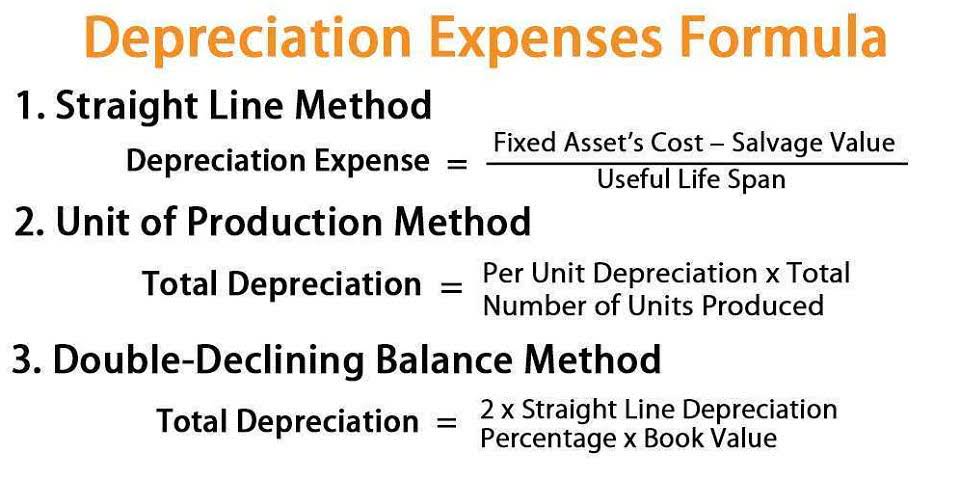
Understanding the nuances and applications of each cost type in various scenarios enables comprehensive cost management and optimal financial planning. In effect, a company with low operating leverage can be at an advantage during economic downturns or periods of underperformance. For example, a company executive’s base salary would be considered a fixed cost because the dollar amount owed by the company is outlined in an employment contract signed by the relevant parties. Lean management focuses on eliminating waste in all forms from the production process. Our mission is to empower readers with the most factual and reliable financial information possible to help them make informed decisions for their individual needs. For information pertaining to the registration status of 11 Financial, please contact the state securities regulators for those states in which 11 Financial maintains a registration filing.
- Variable Cost Analysis helps businesses assess the profit that can be achieved from each product or service.
- In industries like manufacturing, these costs may be fairly predictable, as mass-produced goods consistently require the same labor and resources.
- Efficient management of variable costs is a cornerstone of successful business operations.
- Production levels usually dictate how normal shifts may be altered to either add extra work shifts or pay overtime hence reflecting on direct labor cost.
- A financial professional will offer guidance based on the information provided and offer a no-obligation call to better understand your situation.
Common Misconceptions about Variable Costs
- This means average variable cost jumped to $56.25 per unit, an $11.25 increase from 2022 ($4.5 million / 80,000 trees).
- For instance, if a particular product has a high variable cost but generates low revenue, it might be more beneficial to divert resources to another product with a better profit margin.
- To learn more about fixed costs and how to calculate them, check out our related article on How To Find Fixed Cost.
- Variable costs are influenced by production volume, raw material prices, labor efficiency, supplier pricing, utility usage, sales volume, product mix, technology, market conditions, and seasonality.
- This blog focuses on variable costs, which are expenses that change depending on production level.
- On the other hand, an increase in demand finds them ready to raise their output without any breakdown of cost control.
It becomes clear why it is important to differentiate such costs when preparing budgets and financial projections. Lean production focuses on minimizing waste and maximizing efficiency, which can greatly reduce Partnership Accounting variable costs in manufacturing and operations. If your company makes multiple products, you can get an overall average by summing the average variable cost for each product and dividing it by the total number of products.

Are variable costs always directly proportional to production levels?

A variable cost is any corporate expense that changes along with changes in production volume. Direct labor refers to wages paid to employees who are variable cost formula directly involved in production, such as factory workers, assembly line staff, or bakers in a bakery. Such labor costs in most scenarios are determined in relation to the production output or in relation to the number of hours worked. Production levels usually dictate how normal shifts may be altered to either add extra work shifts or pay overtime hence reflecting on direct labor cost.

Company Valuation: How to Value Your Business?
For example, renting an office space would be considered a fixed cost, as it will not be affected by how many units of your product you make. The cost of the raw materials needed to make your product, on the other hand, will definitely depend on how many units you make. Managing these factors diligently allows companies to boost margins by reducing variable cost per unit.
For any business that is in pursuit of profit, it is crucial to understand and deal QuickBooks with variable costs. By recognizing what variable costs are, identifying their impact on production and profit margins, and applying the formula for calculating total variable costs, businesses can make informed decisions. Controlling variable costs assists in better pricing, improved management of budgets, and proper distribution of resources. Variable costs are influenced by production volume, raw material prices, labor efficiency, supplier pricing, utility usage, sales volume, product mix, technology, market conditions, and seasonality. Changes in these factors impact the cost per unit or total costs, making it essential to monitor and manage them for better cost control.
- When it comes to understanding production costs, estimating only total fixed costs is not, in fact, quite enough.
- This flexibility enables businesses to adapt more easily to changes in the marketplace and allows them to seize opportunities with less exposure to losses.
- This is the idea that every unit bought and sold adds Revenue and (variable) costs to the P&L.
- Managers can control variable costs more easily in the short-run by adjusting output.
- To continue the furniture seller example, say global supply chain pressures cause shipping rates to increase.
- Economies of scale refer to the cost advantage that companies achieve when production becomes efficient, leading to a reduction in the cost per unit as production volume increases.
This knowledge enables organizations to spend only what is necessary as per the order schedules and helps them avoid excessive costs during lean times and avoid deficiencies when the demand peaks. In industries like manufacturing, these costs may be fairly predictable, as mass-produced goods consistently require the same labor and resources. Conversely, businesses such as restaurants or those offering customizable products can face significant cost fluctuations. Understanding and managing these variations is crucial, regardless of the industry or business size. This formula demonstrates that total variable cost fluctuates based on the number of units produced, while variable cost per unit remains constant. Variable costs play an important role in pricing decisions because they directly affect the cost per unit of production.
0 Comments